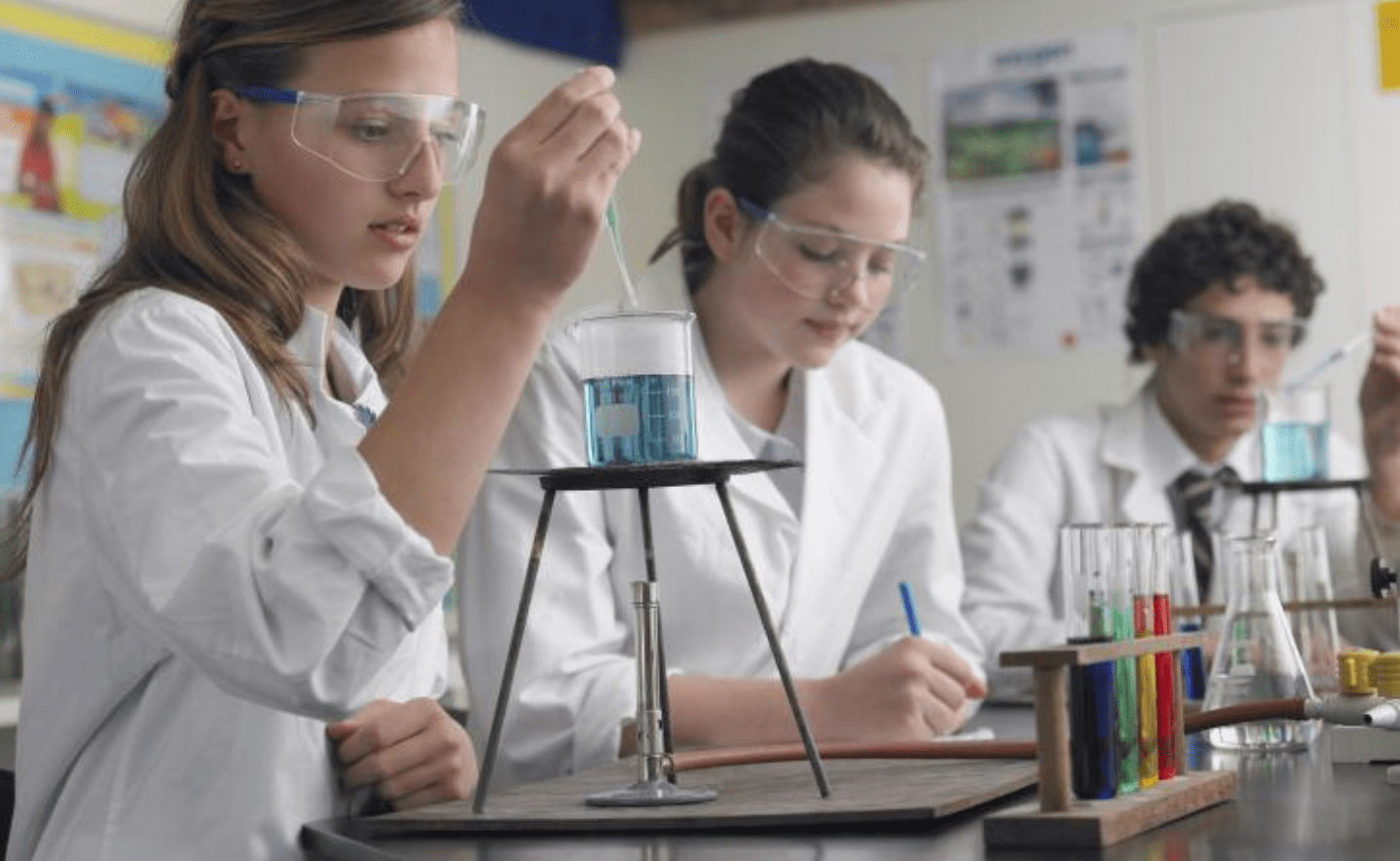Aside from traditional courses, a student must also learn from digital courses and technology. Digital information is mostly available in social media, apps and the internet, and some of the things they do on a regular basis, e.g., Skyping, playing mobile games and communicating through social media are examples of maximizing technology.
Science and technology go hand in hand, and they complement each other. Here are a few examples of how advancements in technology are used in science education.
Software
Contents [show]
The science classroom is one of the best environments for learning. Softwares have great potential to be ‘virtual classrooms’ where experiments can be done. A well-programmed app can simulate real-life sciences and unlock limitations in budget and equipment.
Software can demonstrate concepts and techniques students can use for future endeavors. The skills they learn are the ones they can use all throughout their lives.
Assistive Technology
Assistive tech can be used to help students with disabilities. They won’t be limited in range, movement or feel inferior compared to other classmates.
The most basic example is a wheelchair a paraplegic student can use to move around. Someone with visual impairment may utilize a speech app or text enlarger to read science materials. Visual learners can get a better experience with computer-based lessons, and so on and forth.
Teachers
Teachers now have what they need to supplement their curriculum and make classroom topics interesting, while students can easily acquire materials for science projects and experiments online.
In the classroom, for instance, pH testing is a common procedure in many science activities, including water testing, chemistry titrations and biological processes. Ahlstrom pH indicators and test papers are the two most-used solutions for best results.
pH Test Papers
The litmus paper is perhaps the most popular pH testing material to check if a solution is basic or acidic. It’s available in neutral, blue or red and turns into blue put in basic solutions, red when acidic and neutral or purple when blue is put in basic and red is put into an acidic solution.
For experiments that require you to get the exact pH of a solution, you will need pH test papers. Good pH strips can get the solution to within .2 pH units in accuracy.
pH test papers are convenient and easy to use compared to meters. Moreover, they can be stored easily and can be brought quickly when field work is needed.
pH Indicators
pH indicators are liquid based test kits that are often used in acid-base titrations and where pH changes occur near the equivalent point.
You can perform quick pH water tests on samples such as drinking water, pools or rivers. Like litmus papers, doing so is easy and relatively inexpensive.
On top of the availability of materials via the internet, technology effectively supports learning in a myriad of other ways. An app, online course or a simple game can bring engagement and make for a higher mark. Online lessons or an HD projector can drive the point home or make it easier for the students in the back to see.
What the teacher can’t show in the confines of the classroom, he or she can within the virtual world, which unlocks the possibilities of science education and other subjects.


